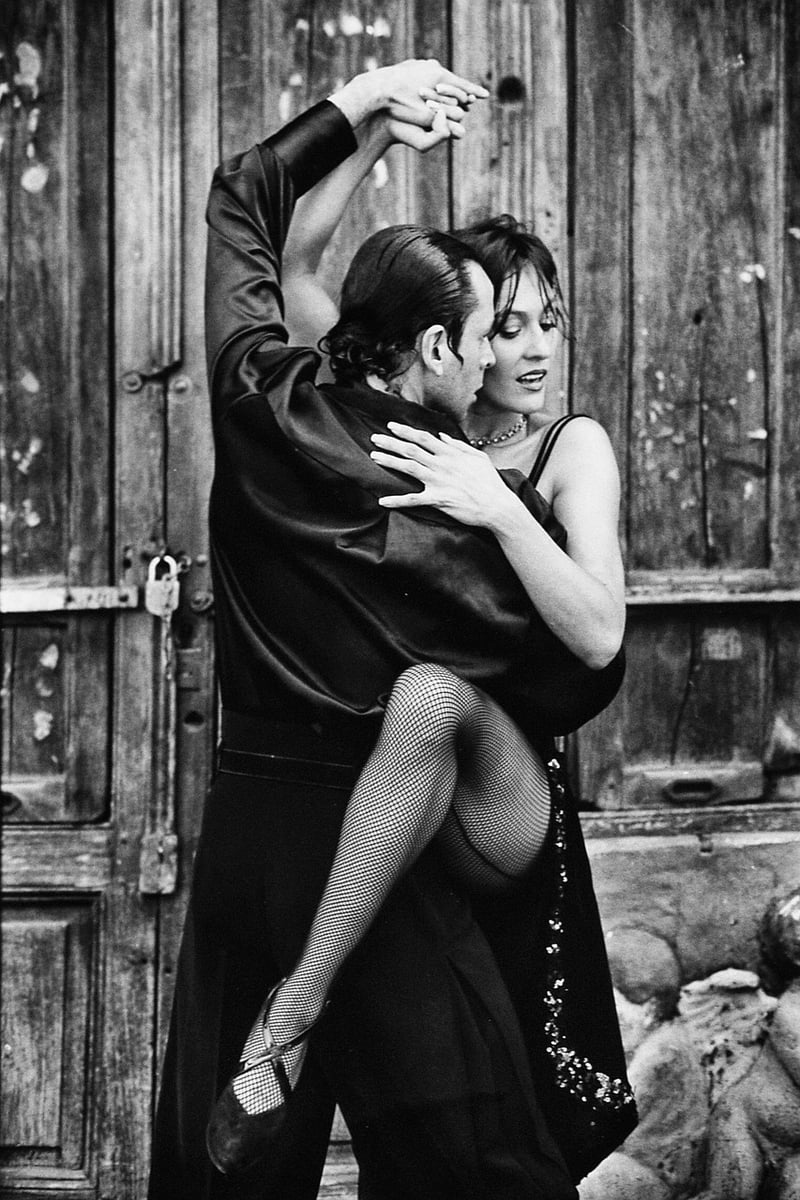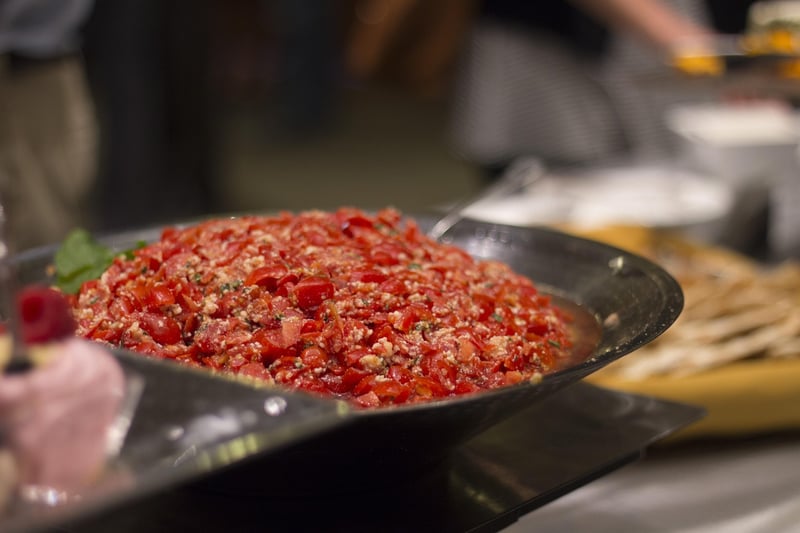Salsa
The Art of Salsa Dancing: Expressing Through Movement

Salsa dancing is more than just a dance; it is a form of artistic expression that allows individuals to communicate and connect through movement. With its origins rooted in the Caribbean, particularly in Cuba and Puerto Rico, salsa dancing has evolved into a popular social dance around the world.
The Rhythm of Salsa
At the heart of salsa dancing is its lively and infectious rhythm. The music, typically characterized by Afro-Cuban beats, sets the tone for the dance. Salsa music is a fusion of various musical styles, including mambo, cha-cha-cha, and guaguancó, creating a dynamic and energetic sound that inspires dancers to move in sync with the music.
The Art of Connection
One of the most captivating aspects of salsa dancing is the connection between partners. Through subtle cues, hand placements, and body movements, dancers communicate and respond to each other in real-time. This connection creates a sense of unity and harmony on the dance floor, allowing partners to move as one.
Expressing Emotions Through Movement
Salsa dancing provides a platform for individuals to express a wide range of emotions through movement. From passion and joy to sensuality and drama, dancers can convey their feelings and tell a story through their dance steps. The fluidity and expressiveness of salsa allow dancers to connect with their emotions and express them physically.
Benefits of Salsa Dancing
- Improves coordination and balance
- Boosts confidence and self-expression
- Provides a fun and engaging form of exercise
- Enhances social connections and communication skills
- Reduces stress and promotes mental well-being
Whether you are a seasoned dancer or a beginner, salsa dancing offers a unique opportunity to explore the art of movement and expression. So put on your dancing shoes, feel the rhythm, and let the music guide you as you express yourself through the vibrant and dynamic world of salsa dancing.
